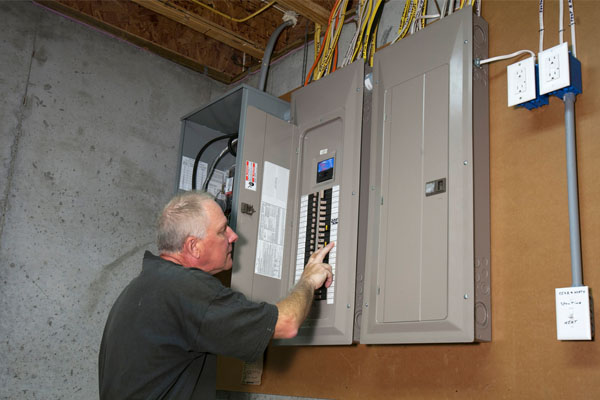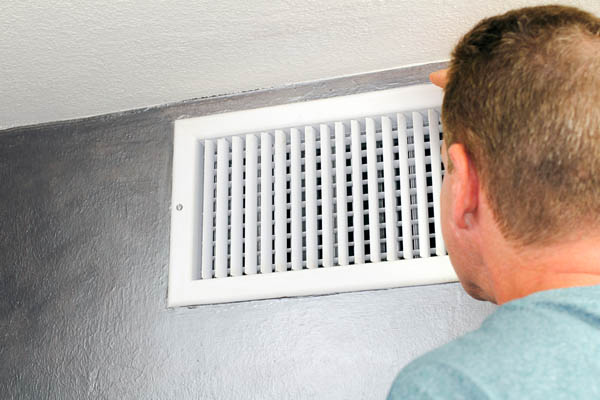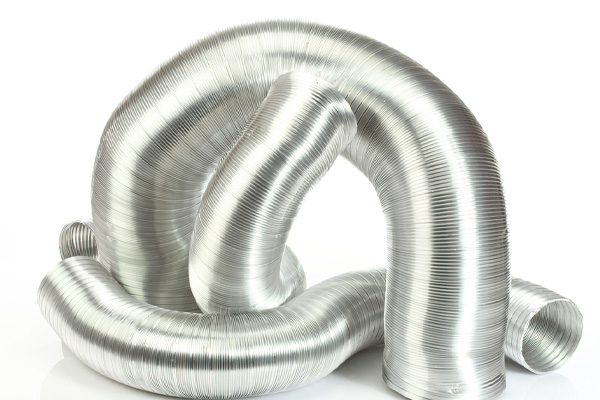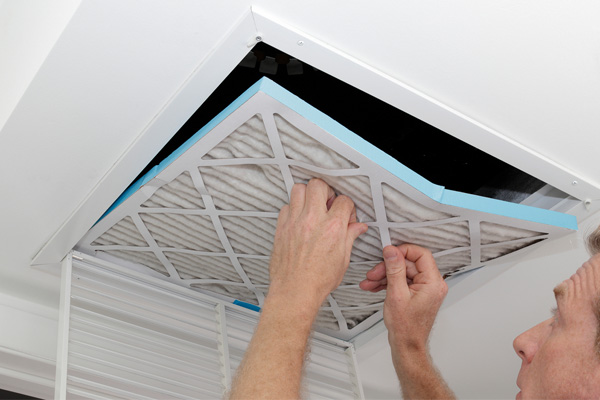6 Reasons Why Your Furnace Keeps Tripping Your Circuit Breaker
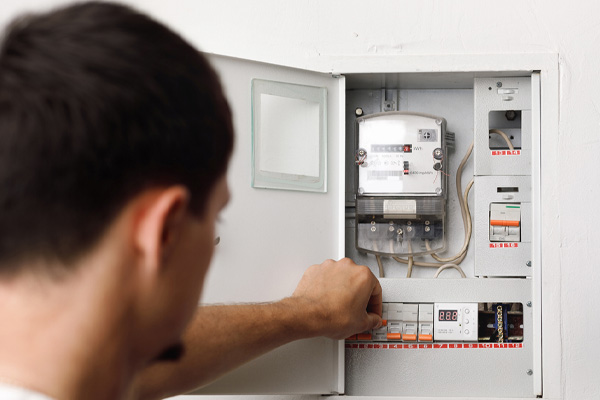
Aside from fuel, furnaces also rely on electricity to run well. Anything that trips the circuit breaker can make the furnace stop. This makes the home vulnerable to extreme temperatures. For example, it can happen due to a power surge. Thankfully, this is a rare occurrence that is easily remedied by a furnace reset. A furnace trips circuit breaker repeatedly is another story. Resets won’t be able to normalize the situation because something deeper is causing the issue. This could be dangerous if ignored. Consider calling an HVAC company to investigate the matter and provide a permanent fix.
Why Do Furnaces Require Electricity?
Contents
Fuel may be the primary energy source of furnaces for heating but a couple of parts need electricity. If the power source is cut off due to the circuit breaker, then the system will not work as intended. Electricity must always be available for optimal performance.
1. Blower Motor
The blower motor in every furnace runs on electricity. Its job is to circulate the heated air throughout a building. Without power, the motor can’t function. The furnace can heat up air but it won’t be able to push this to different parts of the house. Hot air will be stuck around the heating equipment.
2. Electronic Ignition
In the past, furnaces were designed with pilot lights that took care of ignition. That technology is now obsolete as electronic ignition is considered vastly superior. Modern heating systems use the latter for greater reliability and faster ignition. However, it can only work if it is receiving power from the grid.
Six Reasons Why Furnaces Constantly Trip the Circuit Breaker
The breaker should not be tripping constantly. This abnormal situation can’t be solved by a reset alone. An HVAC technician should look at the system and diagnose the problem. After identifying the root cause, a suitable remedy can be implemented.
1. Clogged Furnace Filter
HVAC filters are designed to catch undesirable airborne particles. Dust, dander, pollen, and other pollutants get trapped on the filter surface until they form a visible layer of dirt. Eventually, this can diminish airflow and make it harder for the system to operate. The furnace will try to work harder to compensate and consume more energy in the process. A circuit overload may even occur that could trip the breaker. Homeowners should conduct regular inspections and filter replacements to prevent this.
2. Blocked HVAC Air Vents
A similar issue can occur when the air vents and registers are blocked by furniture or other objects. Due to poor airflow, the furnace will push itself to its limits just to achieve the temperature settings. Power consumption will jump as a result of the struggle. Homeowners can go around the house to see what’s causing the problem. Clear the airways to normalize system operation.
3. Problems with the Furnace Motor
The problem could be traced to a faulty furnace motor. This is common in old furnaces as the wiring can succumb to wear and tear. Short circuits and other issues can occur to trip the circuit breaker. It is dangerous to tinker with this part of the system so it’s best to leave it to an experienced HVAC technician. The motor may have to be replaced as a permanent solution.
4. Leaking HVAC Ductwork
Ducts may develop holes, gaps, and cracks over the years. Air will naturally try to escape through these small air duct leaks, reducing system efficiency. The furnace will again work harder to make up for the lost hot air. The resulting high energy consumption may cause the breaker to trip.
5. Faulty Electric Panel
There are cases wherein the furnace is doing fine and the fault lies elsewhere. It may turn out that the electric panel itself is problematic. This complex issue will require a professional’s attention.
6. Overloaded Circuit
Since the furnace draws significant power, it should be isolated from the rest of the circuits in a home. Letting it share a circuit with other appliances increases the risk of overloading.
What to Do When the Furnace Trips The Circuit Breaker
1. Air Filter Inspection
It is the job of air filters to remove dirt from the air to prolong equipment life and create a healthier environment. Clogs are inevitable over time so homeowners must inspect them regularly and replace them when necessary. It is a good idea to check on them every month.
2. Air Vent Obstruction Removal
Common obstructions for HVAC air vents include closed curtains and furniture pieces. Remove all the things that are preventing air from flowing freely. Open the vents in every room including unoccupied spaces.
3. Professional Ductwork Inspection
Ductwork go all around the house and is often difficult to access. Maintenance and repairs are difficult for homeowners to do by themselves. These tasks will have to be given to professionals for fast completion and reliable results.
4. Professional Furnace Repair
Homeowners may have good intentions but their inexperience can lead them to poor choices when trying to conduct furnace repair. Instead of saving money, they may end up spending more by making matters worse. This is a job for certified HVAC technicians who have the training, tools, and experience to do things right.
Conclusion
Problems with the circuit breaker should not be taken lightly. Furnace-induced tripping calls for immediate inspection and diagnosis. The common triggers discussed above should be the first ones investigated. It is important to act fast because this kind of issue can lead to fires and other disasters if ignored. Seek professional help for reliable solutions.
Call Townsend Energy for Trusted Furnace Services

Give Townsend Energy a call if you need assistance with your heating or cooling system. We offer competitive rates so you don’t need to go elsewhere. Schedule an appointment today and get a free, in-home estimate.
Contact us now at (800) 722-4101 to find out more!

